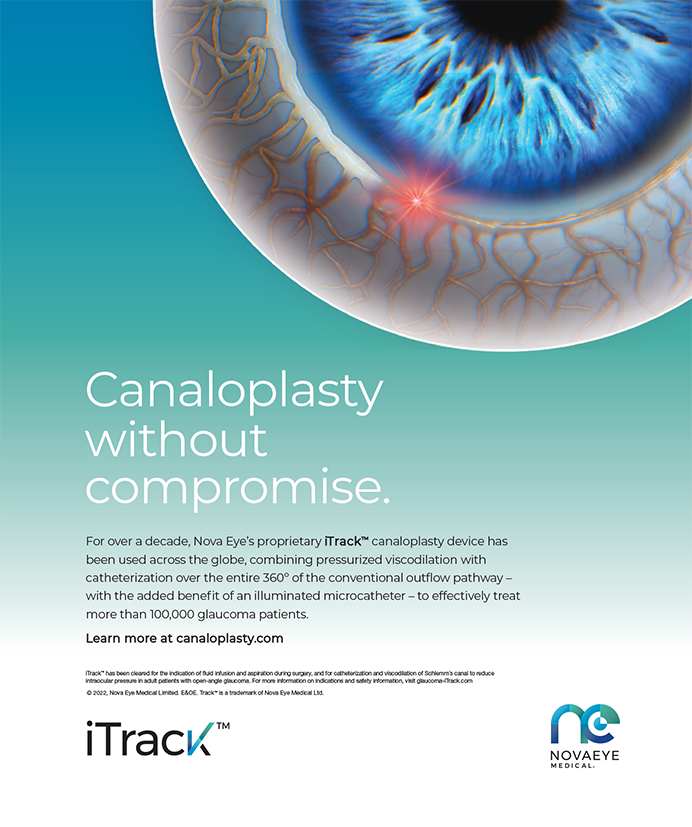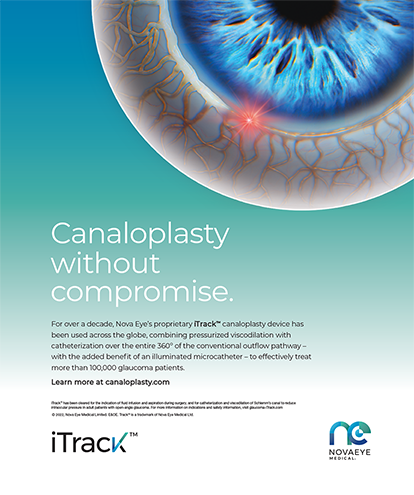Suffice it to say, the $4 million jury verdict from the Pima County Superior Court in Tucson, Arizona, in the case of Post versus University Physicians, Inc., on May 9, 2002, sent massive shock waves across the refractive surgical realm in the US. I heard so many personal takes in the hallways at the recent ASCRS meeting in Philadelphia, Pennsylvania, that the trial seemed to overshadow the primary reason for the meeting: clinical/surgical ophthalmology. Anger, disbelief, rage, cynicism, uneasy laughter secondary to bewilderment, astonishment, fear, self-reflection, defensive posturing, discouragement, and, lastly, hope were noted from these hallway discussions. I have several perspectives I would like to share.
First, in the United States of America, “The Rule of Law” trumps all. Law is more important than business (ie, Enron), and more important than the stock market (ie, Merrill Lynch). The same can be said for medicine. Law, in and of itself, is more important to our way of life than medicine, ophthalmology, and certainly refractive surgery. Note, I did not say lawyers are more important; I said law. Lawyers are simply the most qualified to navigate the legal maze proficiently. The beauty of our system is that there is a method of recourse for those who feel they have been slighted, injured, or harmed. In essence, the stinging effects of the Tucson verdict, with or without appeal, are the price (or benefit) we all pay for the opportunity for recourse.
Second, this verdict reminds me of the fragility of the doctor/patient relationship. In many ways, it is like a marriage: “I will serve till death do us part.” Because 50% of US marriages end in divorce, I am glad to remind all that 50% of patient/physician encounters do not end up in the legal system. Lawyers, like any professionals, seek opportunity. With so many lawyers in the US, there will most likely be enough to serve patients who feel they have been harmed by the highest procedural volume elective surgery in the US. It is remarkable to note that the US has the largest ratio discrepancy of lawyer to engineers than any country on the planet. It can be said that lawyers have a parasitic or saprophytic relationship with a culture in that they primarily move money from one group to another without producing any tangible goods or services. This seems logical, until you again are reminded of my thoughts found in the first paragraph: Law protects ideas and peoples.
Do we need so many lawyers? Maybe not. Is the system broken? Depends on whom you ask. Does an excellent Snellen acuity mean there is no damage done? What is induced spherical aberration worth in the courts of law? Depends on the individual state, at least. How could a veteran commercial airline pilot not understand or appreciate the risks of surgery when he is in a relatively risky profession on a daily basis? What restrictions do the airlines place on commercial pilots? Most companies will not hire pilots who have undergone any surgery on their eyes, regardless of whether or not such a policy officially exists. Commercial airline pilots are instructed to check with their current employers to learn their policies, official or unofficial, about LASIK. Those considering becoming commercial airline pilots should be aware that the decision to undergo LASIK might affect their careers. Are there steps that we as professionals can take to protect ourselves? There are many questions, some of which I hope will be answered in this issue of Cataract & Refractive Surgery Today.


